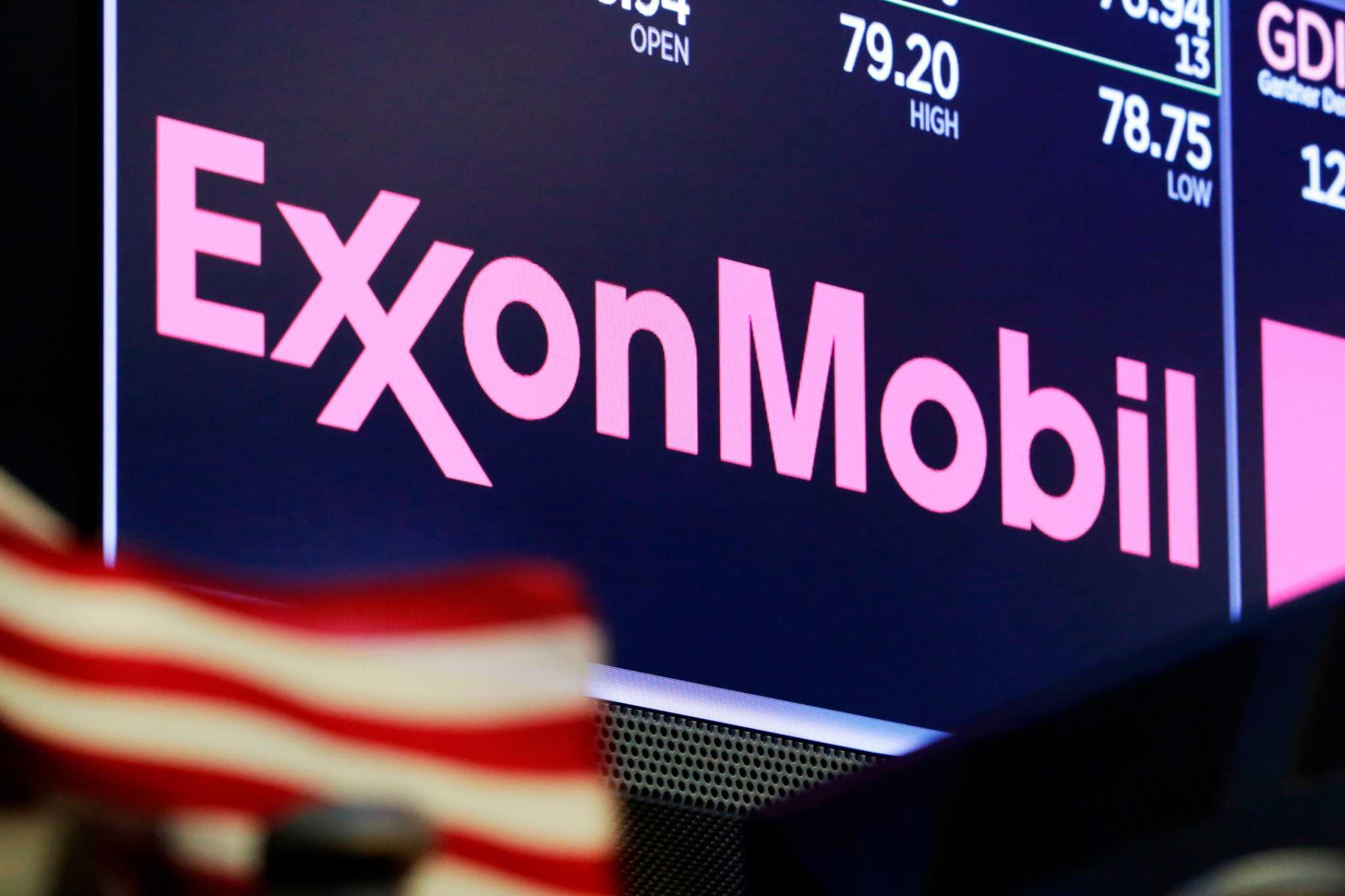

Finance
How Much Does Amazon Pay In Dividends
Published: January 2, 2024
Discover how much Amazon pays in dividends and stay updated with the latest financial news. Explore everything about Amazon and its dividend payouts in the world of finance.
(Many of the links in this article redirect to a specific reviewed product. Your purchase of these products through affiliate links helps to generate commission for LiveWell, at no extra cost. Learn more)
Table of Contents
Introduction
Dividends are an integral part of investing in the stock market, particularly for those seeking to generate passive income. They represent a portion of a company’s profits that is distributed to shareholders on a periodic basis. For investors, dividends can provide a steady stream of income, especially for long-term holders.
Amazon, the e-commerce giant, has been a disruptor in various industries since its inception. With its rapid expansion and dominating presence in the online retail market, many investors wonder if Amazon pays dividends and what its dividend policy entails.
In this article, we will delve into the concept of dividends, explore Amazon’s dividend policy, analyze factors that influence its dividend payments, examine historical dividend payouts by Amazon, compare it with other tech companies, and provide insights into the future outlook for Amazon’s dividends.
By understanding Amazon’s dividend practices, investors can make informed decisions about whether to invest in the company and what to expect in terms of potential dividend income.
Understanding Dividends
Before diving into Amazon’s dividend policy, it is essential to grasp the fundamental concept of dividends. In simple terms, a dividend is a distribution of a company’s earnings to its shareholders. It is typically paid in cash, although some companies may offer dividends in the form of additional shares or other assets.
Dividends are a way for companies to share their profits with investors, providing them with a tangible return on their investment. They are usually paid on a regular basis, often quarterly, but can also be distributed annually or semi-annually.
Dividends are primarily influenced by the financial performance, profitability, cash flow, and capital allocation strategies of the company. When a company generates excess profits and has a strong balance sheet, it may choose to distribute a portion of those earnings as dividends.
Investors who rely on dividend income are often attracted to stable and established companies that have a track record of consistently paying dividends. Dividends can provide a regular and predictable income stream, especially for retirees or those seeking to supplement their salary with passive income.
However, it is important to note that not all companies pay dividends. Younger, fast-growing companies may choose to reinvest their profits back into the business to fuel further expansion and development, rather than distributing them to shareholders.
Now that we have a basic understanding of dividends, let’s explore Amazon’s dividend policy and what it means for investors.
Amazon’s Dividend Policy
When it comes to dividends, Amazon has taken a unique approach compared to many traditional companies. Since its founding in 1994, Amazon has never paid a dividend to its shareholders. Instead, the company has focused on reinvesting its profits into expanding its operations, launching new products and services, and exploring innovative ventures.
Amazon’s dividend policy, or rather the lack thereof, aligns with its strategy of prioritizing long-term growth and market dominance. By reinvesting profits back into the business, Amazon aims to continually innovate, disrupt industries, and expand its reach. This approach has allowed the company to rapidly evolve from an online bookstore to a global online marketplace and technology behemoth.
The decision not to pay dividends also signifies Amazon’s confidence in its ability to generate substantial returns for shareholders through capital appreciation. By reinvesting profits into the business, Amazon seeks to drive growth and increase the overall value of the company, thus benefiting investors in the form of higher stock prices over time.
This reinvestment-focused approach has been a key driver behind Amazon’s exponential growth and transformation into one of the world’s most valuable and influential companies.
It is worth noting that despite not paying dividends, Amazon has still managed to attract countless investors who believe in its long-term vision and growth potential. Investors are often willing to forgo immediate dividend income in exchange for the prospect of higher returns in the future.
While Amazon’s dividend policy may not appeal to income-seeking investors, it is a strategic decision that allows the company to reinvest in its business, pursue new opportunities, and maintain its position as a leader in the fiercely competitive tech industry.
Now that we understand Amazon’s dividend policy, let’s explore the factors that influence the company’s dividend payments, or lack thereof.
Factors Influencing Amazon’s Dividend Payments
While Amazon currently does not pay dividends, several factors influence the company’s decision regarding dividend payments. Understanding these factors can provide insight into Amazon’s dividend policy.
1. Growth Opportunities: Amazon’s primary focus is on expansion and growth. The company continually reinvests its profits to fuel innovation, enter new markets, and develop new products and services. By reinvesting capital into the business, Amazon aims to maximize its long-term growth potential.
2. Cash Flow Allocation: Amazon carefully evaluates how to allocate its cash flow to generate the highest returns for shareholders. Rather than distributing dividends, the company strategically invests in strategic acquisitions, research and development, infrastructure, and customer experience enhancements.
3. Market Position and Competition: As a leading player in the highly competitive tech industry, Amazon must retain a strong market position. By reinvesting profits into the business, the company can stay ahead of its competitors, innovate, and maintain its market dominance.
4. Shareholder Preferences: Amazon’s decision not to pay dividends aligns with the preferences of many of its shareholders. Investors are attracted to the company’s growth potential and prefer to see their returns manifest through capital appreciation rather than dividend payments.
5. Tax Considerations: Dividends are subject to taxation, both at the corporate and individual levels. By not paying dividends, Amazon avoids certain tax obligations, allowing the company to allocate more resources to growth initiatives.
6. Long-term Value Creation: Amazon’s dividend policy reflects its commitment to long-term value creation. By retaining earnings and reinvesting in the business, the company aims to generate sustainable and significant returns for shareholders over time.
It is important to remember that while these factors currently influence Amazon’s dividend payments, the company’s approach may evolve over time. As the business landscape changes and opportunities arise, Amazon may reassess its dividend policy to accommodate shifting priorities and investor preferences.
Now that we understand the factors influencing Amazon’s dividend decisions, let’s explore the historical dividend payments made by the company.
Historical Dividend Payments by Amazon
When it comes to discussing historical dividend payments by Amazon, there is one important fact to note: Amazon has never paid dividends to its shareholders since its inception. The company has consistently chosen to reinvest its profits into expanding its operations, exploring new ventures, and driving long-term growth.
This strategic approach has allowed Amazon to maintain financial flexibility, invest in innovation, and continuously disrupt industries. As a result, the company has achieved remarkable growth and become one of the most valuable companies in the world.
While Amazon’s decision not to pay dividends may disappoint income-seeking investors, it has not deterred them from investing in the company. Investors recognize the potential for capital appreciation and long-term value creation that Amazon offers, which has resulted in significant stock price growth over the years.
It is crucial to understand that Amazon’s dividend policy can change in the future. As the company continues to evolve and mature, it may consider distributing dividends to shareholders as it reaches a certain stage of growth and profitability.
Despite the absence of dividend payments, the stock performance of Amazon has been exceptional. Investors who have held Amazon shares over the years have seen substantial returns due to the company’s success and expansion into various sectors.
It’s also worth noting that Amazon’s reinvestment strategy has allowed the company to achieve consistent revenue growth and profitability. By continuously expanding its product offerings, Amazon has been able to attract and retain a massive customer base, generating substantial cash flow that can be reinvested back into the business.
Overall, while Amazon has never paid dividends to its shareholders historically, the company’s revenue growth, innovation, and ability to create value for investors have made it a popular choice among investors looking for long-term capital appreciation.
With an understanding of Amazon’s dividend history, let’s explore how it compares to other tech companies in terms of dividend payments.
Comparison with Other Tech Companies
When it comes to comparing Amazon’s dividend policy with other tech companies, it becomes evident that the tech sector as a whole tends to prioritize reinvestment and growth over paying dividends. Many tech companies follow a similar approach to Amazon, focusing on using their profits to fund research and development, acquire new businesses, and expand their market presence.
For example, companies like Apple and Google (Alphabet) have historically chosen to prioritize reinvestment rather than regular dividend payments. This is because they believe that reinvesting their profits into their respective businesses allows for sustained growth and innovation in a highly competitive industry.
On the other hand, there are some notable exceptions in the tech industry. Companies such as Microsoft and Intel have established dividend policies and regularly distribute dividends to their shareholders. These companies have reached a certain level of maturity and financial stability, enabling them to allocate a portion of their earnings to dividend payments while continuing to invest in growth initiatives.
It is important to recognize that the dividend policies of tech companies can change over time. As companies mature, generate consistent profits, and no longer require substantial reinvestment, they may opt to introduce or increase dividend payments to reward their shareholders.
When comparing Amazon to other tech companies, it becomes clear that the decision to pay dividends or not is influenced by a variety of factors, including the company’s stage of growth, financial performance, market position, and shareholder preferences. Each company evaluates what is best for its long-term strategy and the interests of its investors.
Ultimately, investors should consider their investment objectives and risk tolerance when assessing companies in the tech sector. While dividend payments can provide a steady income stream, investing in companies like Amazon that prioritize reinvestment may offer the potential for greater long-term capital appreciation.
Now that we have examined the comparison with other tech companies, let’s look ahead and explore the future outlook for dividends from Amazon.
Future Outlook for Amazon’s Dividends
As of now, the future outlook for dividends from Amazon remains uncertain. The company’s current dividend policy revolves around reinvesting profits to foster growth and maintain its competitive edge. Amazon’s focus on capital appreciation has been appealing to investors who prioritize long-term returns rather than immediate dividend income.
However, as Amazon continues to expand its business and mature, there may come a point where the company considers initiating dividend payments. This decision could be influenced by several factors, including the achievement of specific financial milestones, a shift in investor demands, or a desire to attract a new segment of income-seeking investors.
Furthermore, as Amazon continues to diversify its revenue streams and enter new industries, the company’s financial stability may improve, providing an opportunity for dividend initiation. A steady and consistent cash flow generation, coupled with a strong balance sheet, could make dividend payments a viable option in the future.
It is important to note that any decision regarding dividends will be carefully evaluated by Amazon’s management and board of directors, considering the company’s long-term growth prospects and its ability to maintain its competitive advantage.
Investors should keep a close eye on any announcements or changes in Amazon’s dividend policy in the coming years. These updates can provide valuable insights into the company’s financial health, growth trajectory, and commitment to delivering shareholder value.
Ultimately, the future outlook for Amazon’s dividends remains uncertain, but investors can trust that the company’s approach will be driven by its long-term strategy and the best interests of its shareholders.
Now, let’s conclude the article with a summary of the key points discussed.
Conclusion
In conclusion, Amazon’s dividend policy differs significantly from traditional companies. The company has chosen to reinvest its profits to fund growth, innovation, and expansion rather than paying regular dividends to its shareholders. This approach aligns with Amazon’s long-term vision of becoming a dominant player in various industries.
While Amazon’s dividend policy may not appeal to income-seeking investors, it has attracted those who believe in the company’s potential for capital appreciation. The absence of dividend payments has allowed Amazon to maintain financial flexibility and invest in key areas that drive its continuous growth.
Factors such as growth opportunities, cash flow allocation, market position, shareholder preferences, tax considerations, and long-term value creation influence Amazon’s decision not to pay dividends. These factors enable the company to retain earnings, reinvest in the business, and focus on sustained value creation.
When comparing Amazon’s dividend policy with other tech companies, a trend emerges where many tech giants prioritize reinvestment and growth over regular dividend payments. However, as companies mature and become more financially stable, they may decide to introduce or increase dividend payments.
Looking ahead, the future outlook for Amazon’s dividends remains uncertain. As the company continues to expand and evolve, there may come a time when it considers initiating dividend payments. Factors such as financial milestones, investor demands, and improved financial stability could influence this decision.
Investors should carefully monitor any updates or changes in Amazon’s dividend policy to gain insights into the company’s financial health and its commitment to delivering shareholder value.
In conclusion, while Amazon has never paid dividends historically, its reinvestment-focused approach has fueled its exponential growth and propelled it into one of the world’s most valuable companies. Whether dividends are in Amazon’s future or not, the company’s commitment to long-term value creation and innovation makes it a compelling investment opportunity.
Disclaimer: The information provided in this article is for educational purposes only and should not be construed as financial advice. Investing in the stock market involves risks, and it is essential to conduct thorough research and consult with a financial advisor before making investment decisions.














